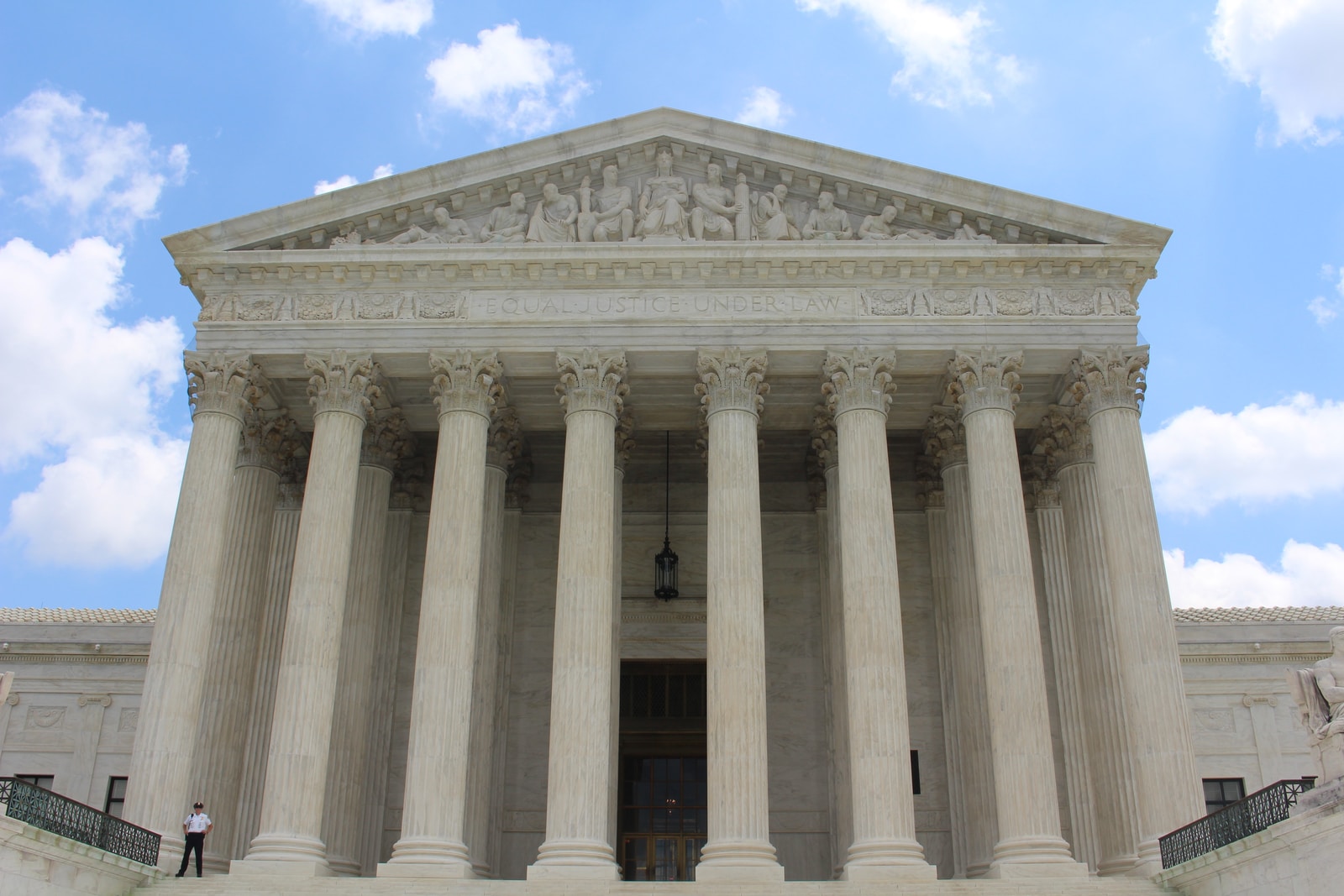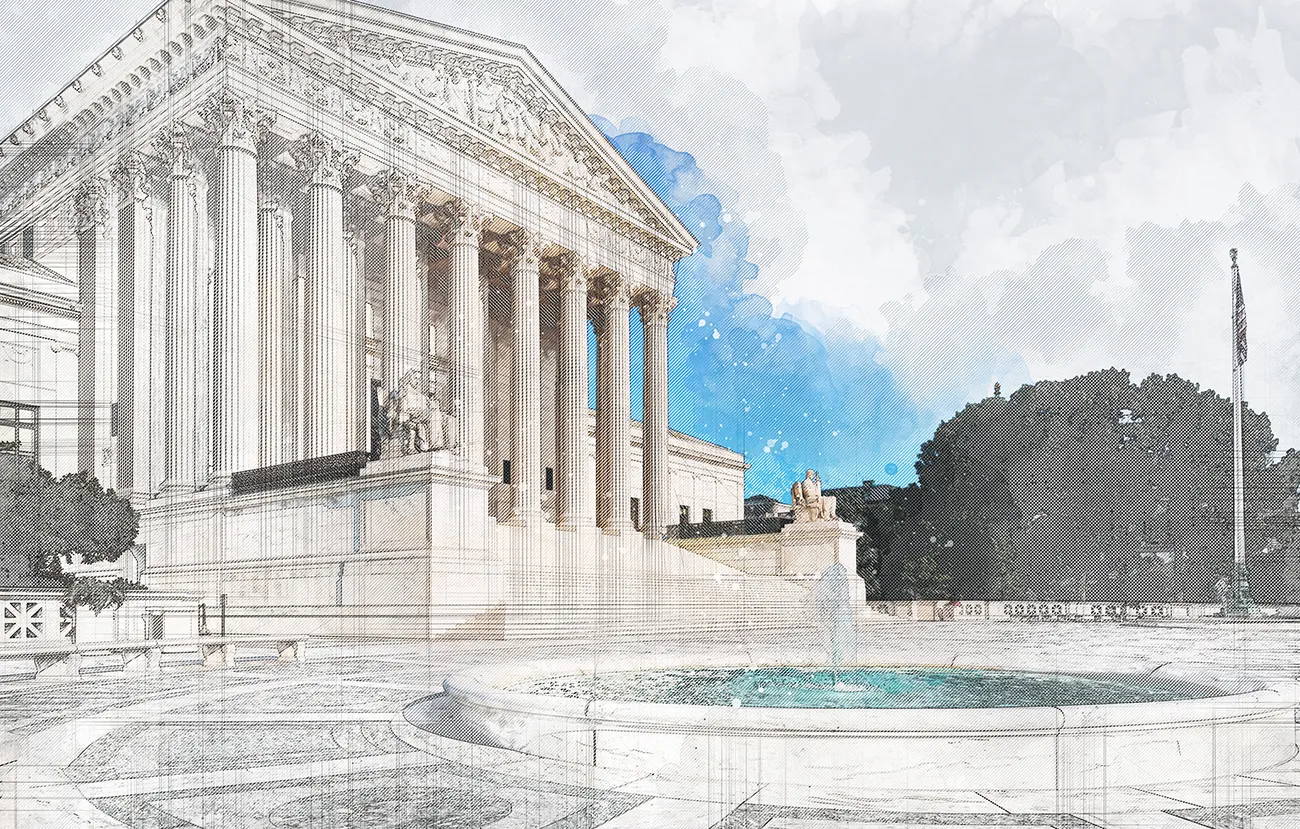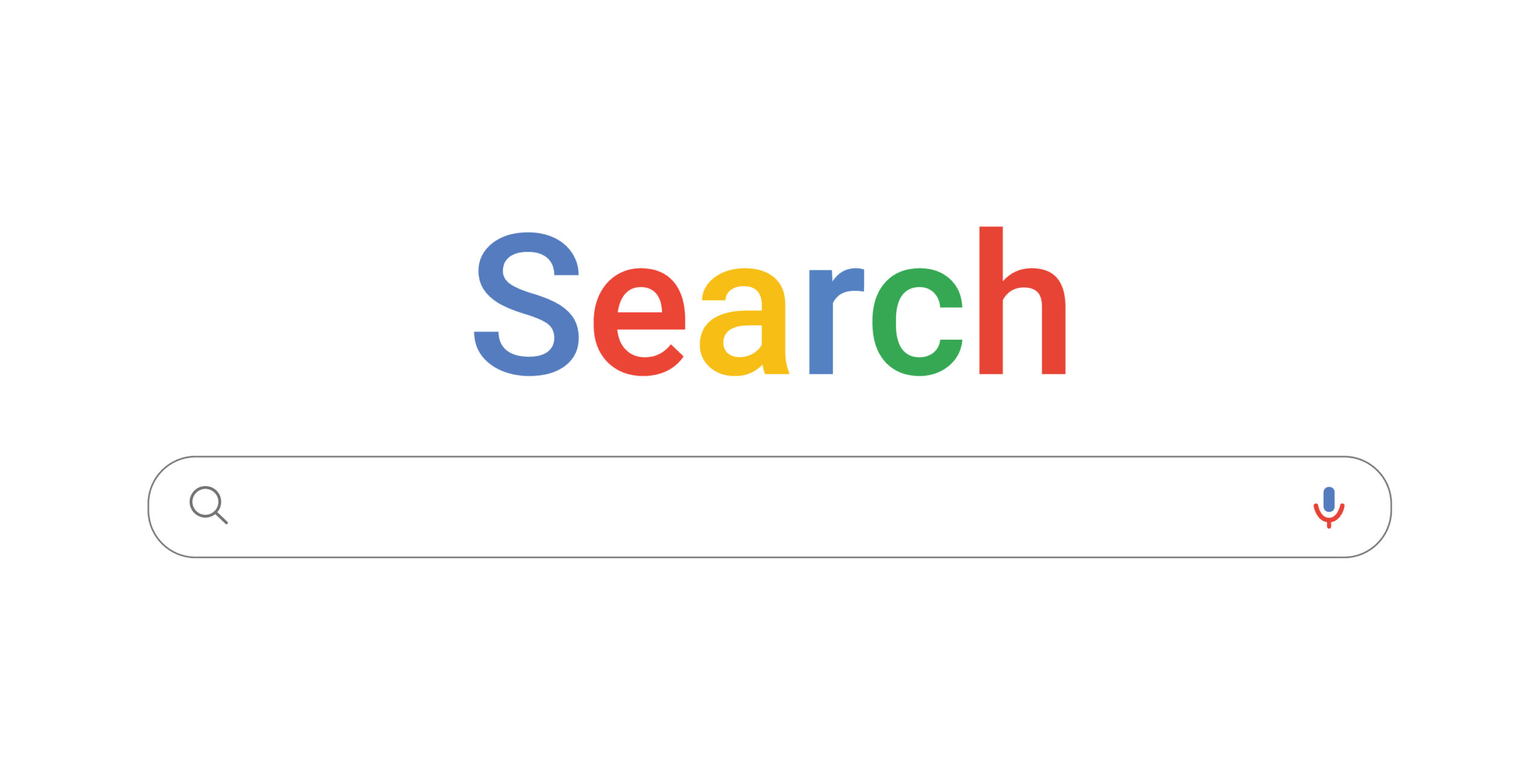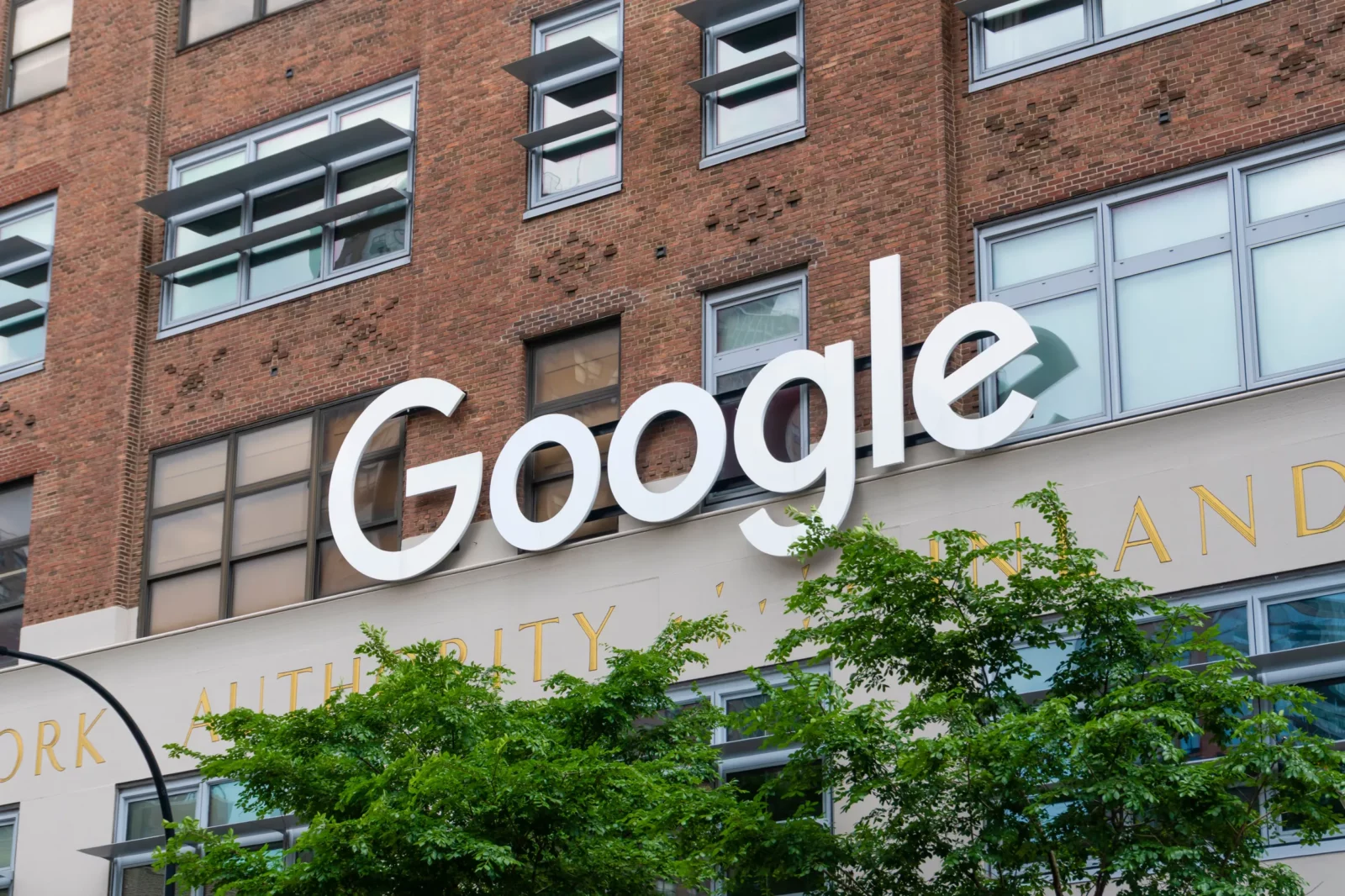Google v. Oracle Supreme Court Fight Was Bigger Than the Litigants

Today the Supreme Court decided the long-running Google v. Oracle copyright case, which began more than a decade ago. Supreme Court cases of this nature often elicit horse-race coverage — who won, who lost — but today’s decision that reimplementation of an API is fair use will have a far greater impact on software programmers and developers than it will on either of the two companies.
That’s because this case impacts the entire technology industry and the skilled programmers that make innovation possible, which was a key theme in several briefs at this stage of the case on certiorari and on the merits. As the Court noted, “given programmers’ investment in learning the Sun Java API”, there was a risk of making “the Sun Java API’s declaring code a lock limiting the future creativity of new programs. Oracle alone would hold the key.”
Consistent with his questioning during oral argument, in a 6-2 opinion, Justice Breyer held that “where Google reimplemented a user interface, taking only what was needed to allow users to put their accrued talents to work in a new and transformative program, Google’s copying of the Sun Java API was a fair use of that material as a matter of law” — “assum[ing], for argument’s sake, that the material was copyrightable.” Justice Breyer explained the decision to decide on fair use rather than copyright protection by stating that: “Given the rapidly changing technological, economic, and business-related circumstances, we believe we should not answer more than is necessary to resolve the parties’ dispute.”
Justice Breyer discussed the purpose of copyright protection and its limitations, including the fair use doctrine, quoting the Court’s previous statements on this “equitable rule of reason” that “permits courts to avoid rigid application of the copyright statute when, on occasion, it would stifle the very creativity which that law is designed to foster.” Justice Breyer added that “the application of [fair use] requires judicial balancing, depending upon relevant circumstances, including ‘significant changes in technology.’” The majority’s opinion also acknowledged important competitive concerns, stating that fair use “can carry out its basic purpose of providing a context-based check that can help to keep a copyright monopoly within its lawful bounds.”
As is common in copyright cases (and as we saw during oral argument), the Court relied on a number of analogies: gas pedals in a car, QWERTY keyboards on a typewriter, the Dewey Decimal System for categorizing books, a travel guide that arranges a city’s attractions into different categories, language, file cabinets and drawers, robot chefs. Metaphors or analogies often serve to make complex technological questions more accessible, but they can also misdirect, as occurred in the Federal Circuit, where the court accepted the implausible contention that functional declaring code was equivalent to J.K. Rowling’s Harry Potter novels. In fact, the concept of “intellectual property” is itself an (imperfect) analogy to facilitate understanding of certain regulatory choices governments use to promote technological and artistic endeavors. As today’s decision makes clear, those government-granted entitlements must be limited “to ensure that a copyright holder’s monopoly does not harm the public interest.”








